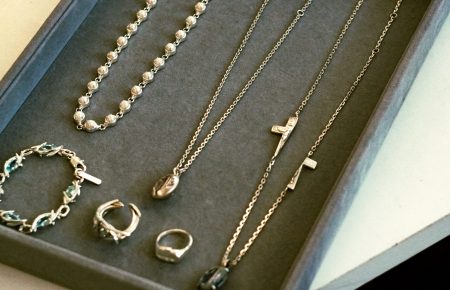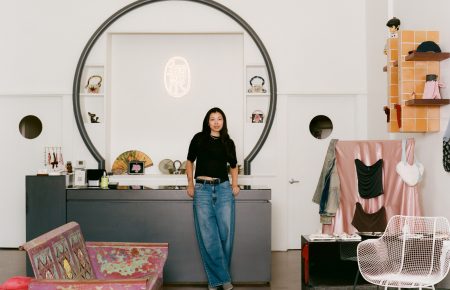The FBT from visvim has enjoyed over 15 years of success without great cosmetic changes. What is it about the hybrid sneaker that has enabled it to not only endure but grow from strength to strength?
The FBT from visvim has almost single-handedly defined the cult Japanese brand. visvim’s Hiroki Nakamura extolled the virtues of traditional Native American footwear in an essay which created the basis for visvim’s now iconic FBT.
“At the age of 17, I was discovering the same functional benefits and beauty in the shoes that Native Americans had worn for centuries before me. They were unlike any shoes I had ever worn before: an upper that covered the foot and wrapped around the whole outsole area, made from natural tanned elk leather that was incredibly soft and well-aged from years of wear. This particular pair that I was wearing were already modified for city life with an add-on rubber outsole; like the plains and desert dwelling Native Americans who had added an extra layer of hard leather to the bottom of their moccasins, I had learned that a rubber sole is an absolute necessity for someone living in an urban environment.”
Nakamura cut his teeth at Burton in Japan before moving on to launch the brand. That snowboard-based experience together with time spent in Alaska as a teenager were critical junctures that shaped his design language to come. This informed some of visvim’s design language as he would combine classic aesthetics with modern day performance. GORE-TEX was just as comfortable and common in jackets alongside artisanal indigo-dyed jackets as the brand expanded outside of footwear.
The Native American interpretation of footwear and the moccasin design was an interesting starting point given the majority of sneaker design takes shape through sport. Native American culture has often embodied an efficient way of life that maintained a respectful relationship with the land and exuded a heavy degree of symbolism in their culture. The appropriation of someone else’s culture is a sensitive subject. The FBT can be seen in the lens of an evolution of great design and not about commercializing sacred elements of culture.
The visvim appropriation of the moccasin was something that struck many chords. It was a shoe that possessed key details of its inspiration but also served to modernize it for city life. The sneaker outsole, was both innovative and intelligent. It had had found something that oddly touched upon the modern urban dwellers who in need of comfortable and at times conspicuous footwear. The FBT is often seen with its skirt and a design characteristic subject to many replications in the hybrid sneaker world. But its former implications in the past were to serve as a layer for extra warmth and protection. In the context of style, the skirt bounces up and down as if it’s a living element on the shoe itself. A modern sneaker tooling would round out the design. The needs of city life would necessity a cushioned sole. Long gone are the days of scampering across the desert or running through the plains.
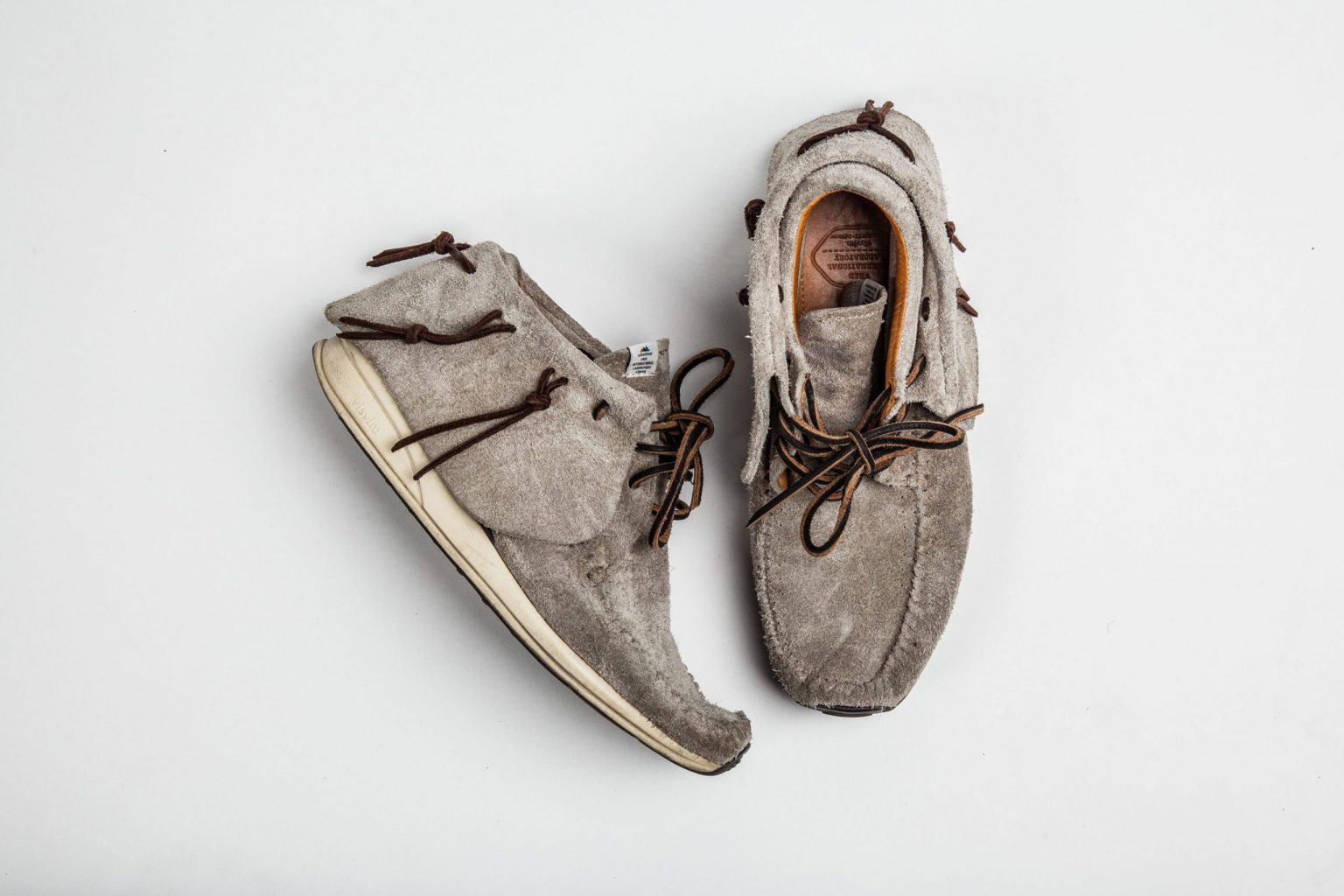
Since its inception, the FBT has enjoyed understated updates but few major cosmetic overhauls.
Many have followed the evolution of the FBT. Its early models were produced in South Korea, a throwback to the previous generation of factories that remain following a once vibrant footwear industry. Since then, production has moved to China. The dogmatic view of China and low-quality materials persist however. Nakamura stated that “It is true that there is frequent counterfeiting that happens in China and you mostly only hear about that, but unfortunately you do not hear much about the quality production that comes from China. There was a time we used to manufacture the FBT in Korea, and since then the FBT has undergone several improvements in its actual construction, materials used, and production speed.” The shoe according to Nakamura is a continual work in progress. It can be said that each iteration improves on the last. The current made in China version boasts a more breathable pigment-free cow leather liner and a PU tooling, upgrades to the Korean-made pig leather liner and EVA toolings. Comfort never goes out of style and Nakamura has explained that “my team and I have never stopped trying to improve upon the original design. While the outward appearance of the shoe – a leather moccasin-inspired upper with a removable fringe, combined with a sneaker outsole – has not changed, many of the materials have been upgraded… Feet, and by extension, shoes, bear more of a daily burden than any other part of the body, so it is crucial that anything that touches the feet should be made of extremely breathable, natural materials.”
“The shoe according to Nakamura is a continual work in progress. It can be said that each iteration improves on the last.”
But has the FBT overshadowed the brand?
The shoe has garnered slight frustration as people on the shop floor lament first-time shoppers coming in asking “Where are your visvims?” The decision on how to proceed isn’t exactly clear cut and calculated. Nakamura mentions that ” From time to time we will give the FBT a break by scaling back on the frequency we release in order not to saturate the market at once, but if the market demands more FBT’s we will bring it back into particular seasonal offerings. Right now though it seems that the demand for the FBT is stable and people want this shoe made available all the time so why not make it available for them.”
One thing is for certain, visvim has been disciplined in its availability of the FBT. While the sales continue to come in, there hasn’t been a particular desire or move to create a break-away venture to captalize on demand. There will (un)fortunately be no COMME des GARÇONS Play for visvim. But there is a tinge melancholy based on how one product has come to define a brand. Nakamura longingly says ” When people only take interest in one particular model it seems a pity as we work very hard to create every single piece in our collections.”

The fringe is an important part of the FBT’s identity. It can be removed and worn without the fringe.
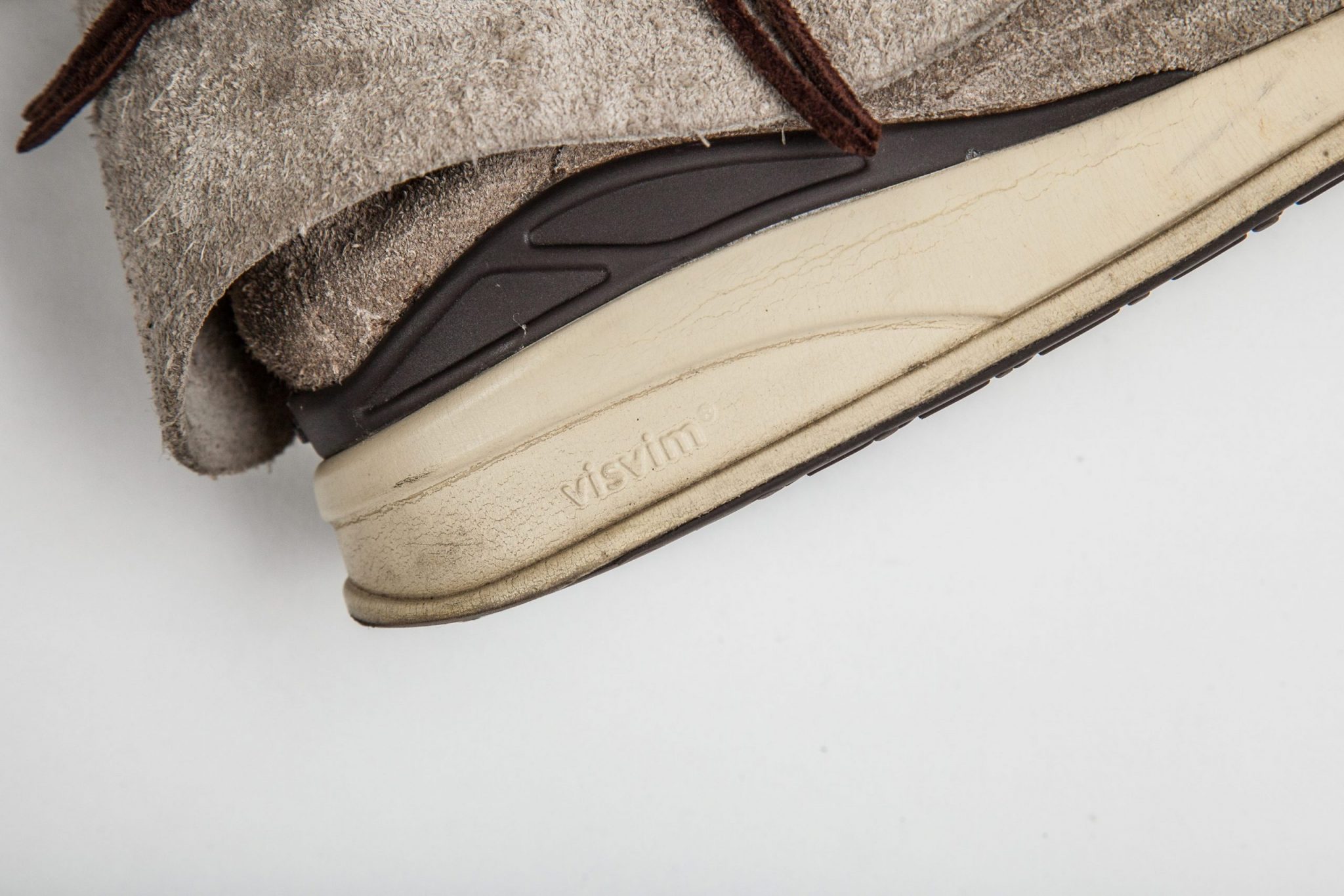
More recent iterations of the FBT now include a custom Vibram tooling.
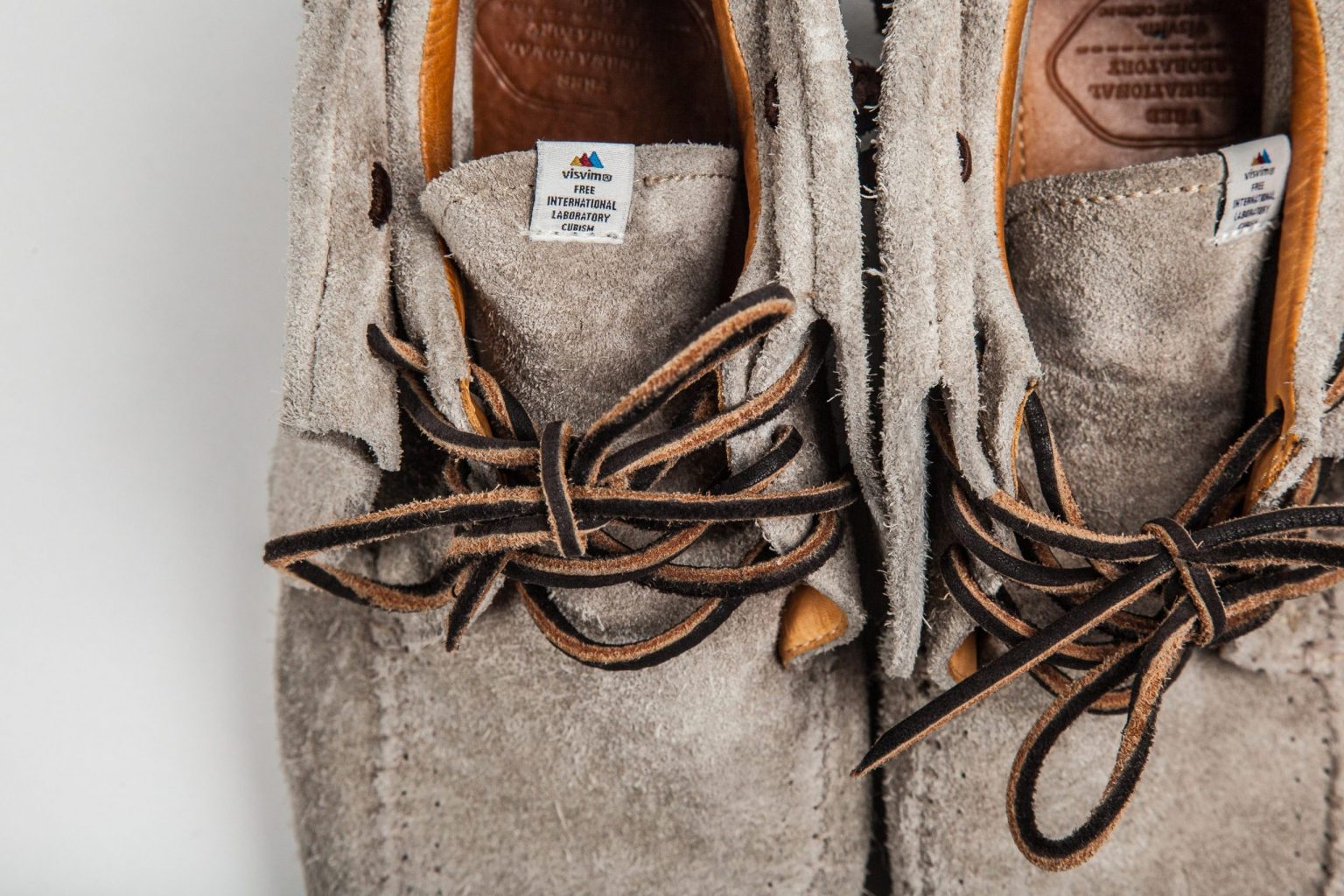
The FBT is lined with leather to allow for a breathable experience. It can be worn sock-less.
Although many brands would prefer to be seen beyond just the success of one item, the FBT has taken a surprisingly diligent approach to 15-year-old model. Some sneaker icons have remained largely unchanged since their original release under the pretense of a retro release, but the FBT has taken on a visually understated but continual update scheme. The FBT of today is aesthetically similar to releases a decade ago which are an indication of the design’s timeless nature but Nakamura has been relentless in improving the original design in ways that aren’t immediately evident. But it has still been a huge hit and represents an interesting intersection of Japanese design, Native American tradition and a tint of British music inspiration.
Hiroki has always been open about bringing inspiration into a more modern context. He previously told GQ, “I’m still hoping that modern technology and modern things have a future too. I like to develop something new, but get the inspiration from the past. I’m not trying to make vintage reproductions or copy the past, I want to make something for the future.” Continually linking the past with the relevance of modernity ensures that product is understood in the present day. The FBT is improving with every iteration, but the very aesthetics lay in a design foundation that has seen itself sustain over centuries of Native American design. Marrying the moccasin archetype with the comfort of a sneaker has produced everlasting relevance.

